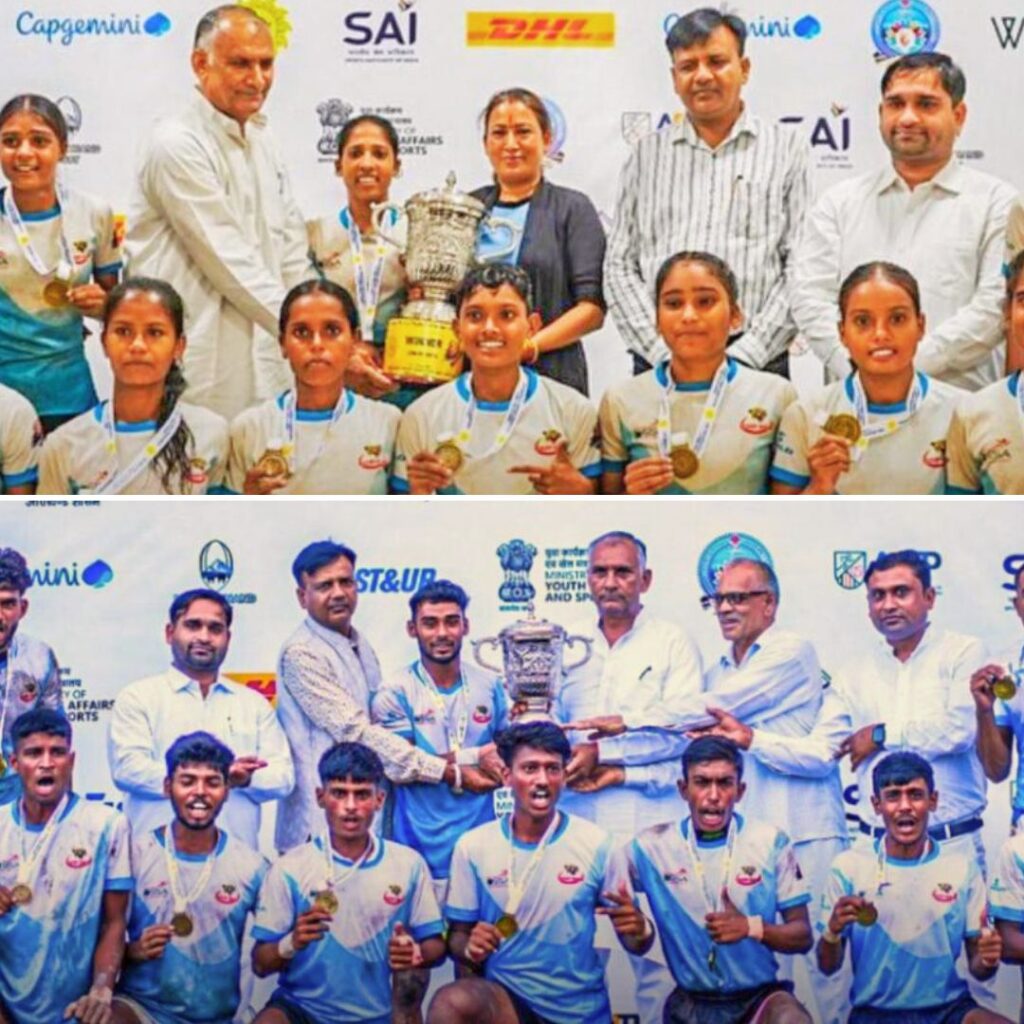Source: Factly | Image Courtesy:intoday| Author: Rakesh Dubbudu
The Medical Council of India (MCI) has always been in the news for the wrong reasons. Now, the parliamentary standing committee on Health came down heavily on the functioning of MCI in its 92nd report and noted that the MCI has failed in all of its mandates.
The Medical Council of India (MCI) is a statutory body entrusted with the responsibility of establishing and maintaining high standards of medical education in India. The MCI has always been in the news for the wrong reasons. Now the Parliamentary Standing Committee on Health in its 92nd report came down heavily on various aspects of the functioning of MCI.
‘MCI has failed on all its mandates’
The department related standing committee on Health & Family Welfare looked into the functioning of the MCI in its latest report. The committee is chaired by Prof. Ram Gopal Yadav, a Rajya Sabha member from the Samajwadi party. The committee has 10 members from the Rajya Sabha and 21 members from the Lok Sabha.
In its scathing report, the standing committee felt that the MCI has repeatedly failed on all its mandates over the years. The committee noted the following as some of the prominent failures of MCI.
- Failure to create a curriculum that produces doctors suited to working in Indian context especially in the rural health services and poor urban areas. The committee felt that this has created disconnect between medical education system and health system.
- Failure to maintain uniform standards of medical education, both at the undergraduate and post-graduate levels.
- Devaluation of merit in admission, particularly in private medical institutions due to prevalence of capitation fees, which make medical education available only to the rich and not necessarily to the most deserving.
- Failure to produce a competent basic doctor.
- Non-involvement of the MCI in any standardized summative evaluation of the medical graduates and post-graduates.
- Failure to put in place a robust quality assurance mechanism when a fresh graduate enters the system and starts practicing.
- Very little oversight of PG medical education leading to huge variation in standards.
- Heavy focus on nitty-gritty of infrastructure and human staff during inspections but no substantial evaluation of quality of teaching, training and imparting of skills.
- Abysmal doctor-population ratio.
- Failure to create a transparent system of medical college inspections and grant of recognition or de-recognition.
- Failure to guide setting up of medical colleges in the country as per need, resulting in geographical mal-distribution of medical colleges with clustering in some states and absence in several other states leading to disparity in healthcare services across states.
- Acute shortage of medical teachers.
- Failure to oversee and guide the Continuing Medical Education in the country, leaving this important task in the hands of the commercial private industry.
- Failure to instill respect for a professional code of ethics in the medical professionals and take disciplinary action against doctors found violating the code of Ethics.
The committee also felt that the onus of failure has to be shared by successive governments both at the center and states also. The committee noted that the medical education is fast sliding downwards and quality has been hugely side-lined in the context of increasing commercialization of medical education and practice. The committee further noted that incremental tweaks won’t be enough and that a complete overhaul of the system is necessary. The committee observed that MCI is an opaque body with very little transparency.
‘Doctor – Population ratio should guide the setting up of new Medical Colleges’
The committee made a number of recommendations to overhaul the system. Some of the important recommendations of the committee are the following,
- Doctor – Population ratio in India is 1:1674 as against the WHO norm of 1:1000, hence the government should immediately spell out policy stance in great detail to augment the capacity of production of doctors including specialists and super-specialists at the scale and speed required to meet India’s health needs.
- State level doctor-population ratio should guide the setting up of new medical colleges and also the increase in UG and PG seats. Medical manpower planning should be bottom-up also and not just top-down with each state planning for an optimal number of doctors, with a target of 1:1000 doctor-population ratio.
- The regulatory framework of medical education and practice should be comprised of professionals of the highest standards of repute and integrity, appointed through a rigorous and independent selection process. This process must be transparent. Nominations could be sought but the reason for the final selection should be made public.
- Urgent measures have to be taken to restructure the composition of MCI to encourage diversity so that it does not become an exclusive club of doctors.
- Physical infrastructure requirement should be pruned down in such a way that it should have just about 30 to 40 percent standing value in the total assessment of a medical college.
- Support to convert district hospitals into medical colleges. If a district hospital is converted into a medical college, it will not only be equipped with specialists of all disciplines, providing the healthcare services across the whole spectrum but will also produce some doctors in its area of operation and will thus help reduce geographical mal-distribution of doctors.
- The PG entrance exam should be held immediately after the final MBBS examination so that the graduate doctor could concentrate on practical skills during his internship.
- Soft skills (including ethics) should be made one of the cornerstones of the syllabus of medical education.
- Introduction of Common Medical Entrance Test (CMET) should be done across the nation barring those States who wish to remain outside the ambit of the CMET. However, if any such States wish to join the CMET later, there should be a provision to join it.
- A common exit test should be introduced for MBBS doctors as an instrument of quality assurance and to ensure that the qualities and competencies of a doctor before he starts practicing are guaranteed and standardized in terms of various quality norms.











